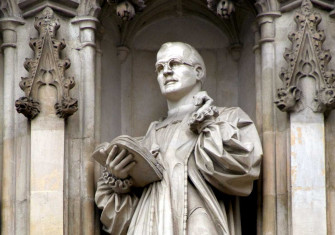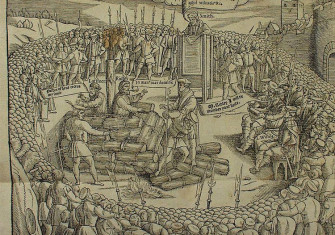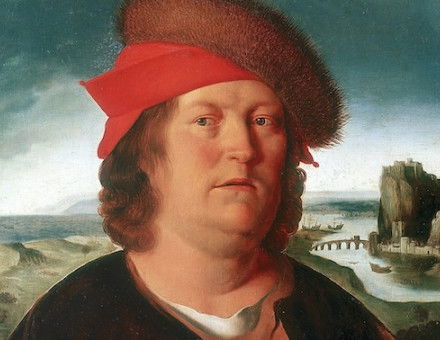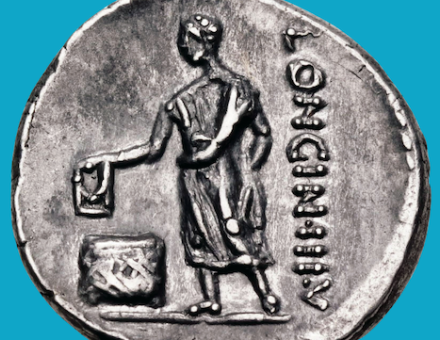Execution of the Tailor-King
The bodies of Jan Bockelson, and two other leaders of the Anabaptist sect, were hung outside the church of St Lambert on 22 January 1536.
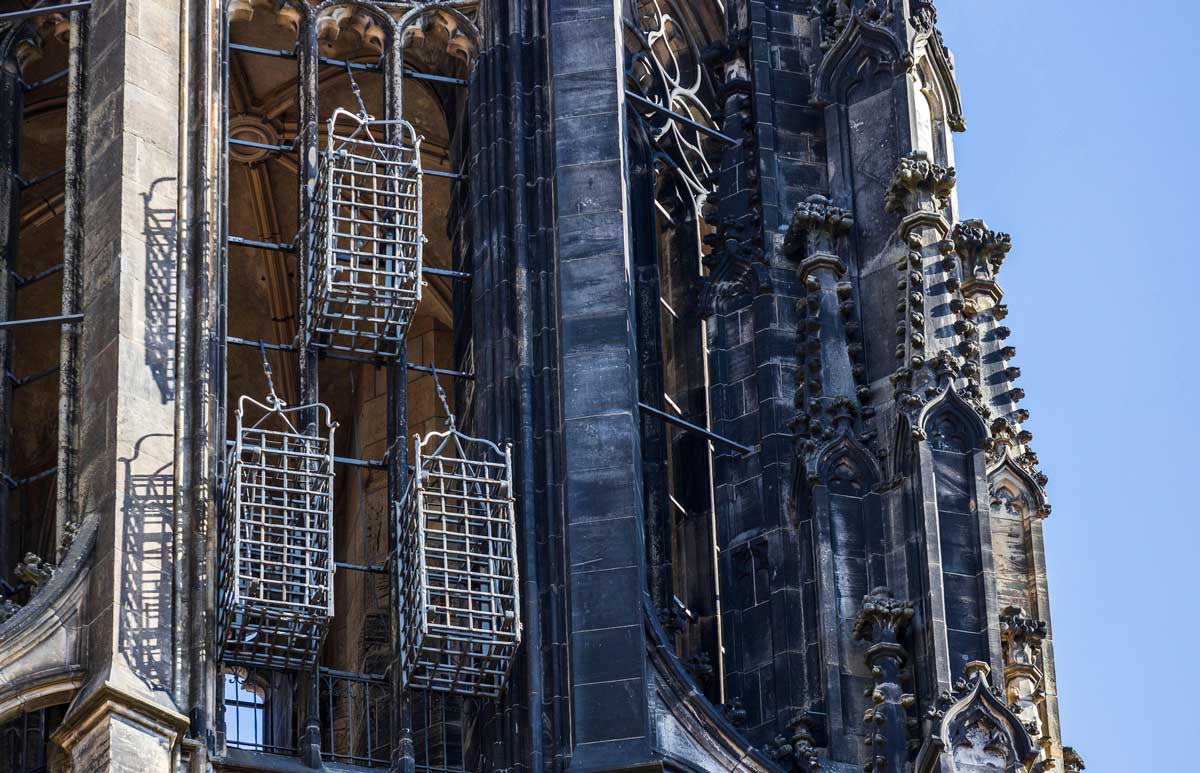
Today, the spire of the church of St Lambert in Münster still has three unusual adornments: cages. They were first hung on 22 January 1536 to hold the mutilated bodies of Jan Bockelson and two other leaders of the Anabaptist sect that had ruled the north-west German city for 16 months.
Anabaptism emerged in the first years of the Reformation, a separatist, communitarian faith. Its leaders were closely aligned with the peasant uprisings that took place across Germany in 1525. History was providential and they were on the right side of it; what need of a master when Christ’s millennium was at hand?
Those in Münster followed Melchior Hoffman, who preached that the second coming would arrive in Strasbourg in 1533. The authorities there locked him up. Christ did not appear.
But there were other prophecies, each more powerful and urgent than the last, and Münster, under Anabaptist control, was ripe for them. In early 1534, the ungodly – some 2,000 unrepentant Catholics and Lutherans – were expelled from the holy city and their property confiscated. This was a compromise: powerful voices had called for their slaughter. What better way to purify Zion than through sacrifice?
Münster’s prince-bishop Franz von Waldeck laid siege to the city as, inside its walls, Jan Bockelson, a tailor and actor from Leiden, seized power. Hoffman had prophesied that a pious king would lead a ‘revolution from above’. Bockelson was that king.
In Jan’s kingdom, capital offences included blasphemy, slander and idle conversation. Private property was abolished. Those who resisted such appropriations were beheaded.
Polygamy was enforced. The more wives a man had, the more Christian he must be, a witness noted. Any sign of disobedience could get a women beheaded. No one was safe. Doors could not be locked at night, not even closed.
The siege ended, betrayed from within, in June 1535. After their executions, the bodies of Bockelson and the others hung outside St Lambert’s for some 50 years. Hoffman, in prison in Strasbourg, outlived them all.



